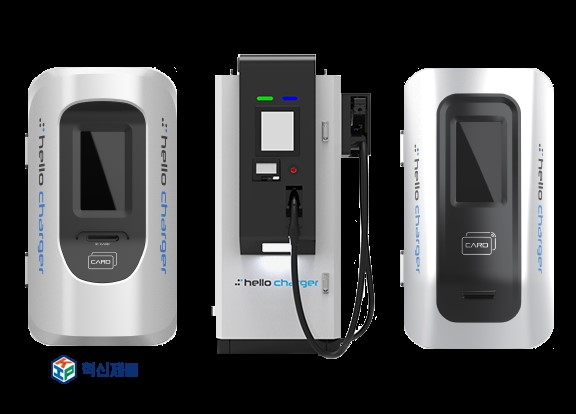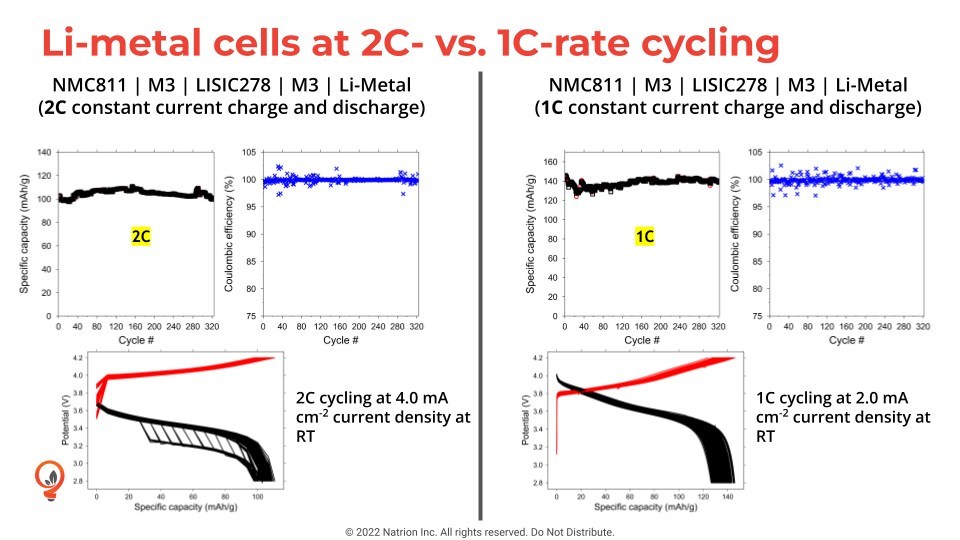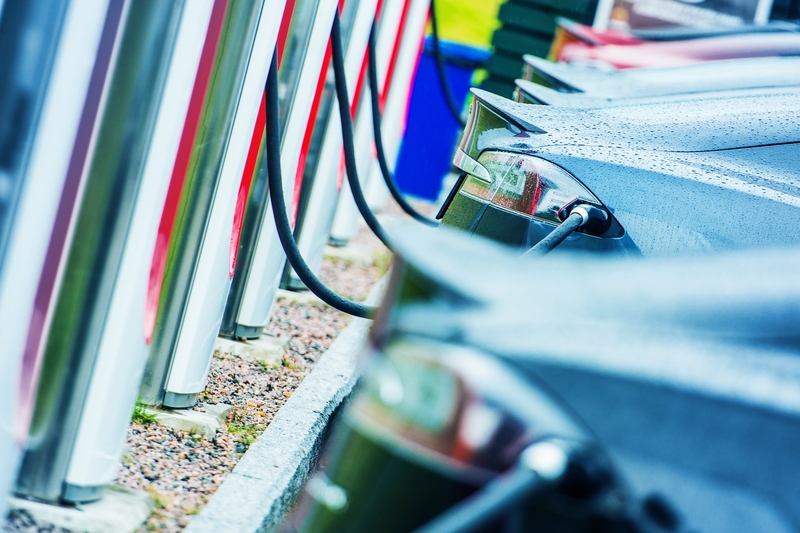
The most common method of Wireless Power Transfer (WPT) used today is accomplished via low- to high-frequency (30 kHz to 30 MHz) time-varying magnetic fields. This may also be referred to as 'inductive WPT' or 'magnetic field WPT'. Wireless chargers operate far below the radio frequencies which are present all around. Unlike high-energy (ionising) radiation, electric and magnetic fields (EMFs) in the non-ionising part of the electromagnetic spectrum cannot damage DNA or cells directly.
At the frequencies used for wireless EV charging, magnetic fields are impervious to air, water, ice, concrete, wood, plastics, and other common non-metallic materials. They pass through these objects and the human body without any interaction or causing any harm whatsoever. This also allows for hermetically sealed designs that are safer and more robust than are possible with contact-based or wired charging. A wireless system also minimises the risk of electrocution and trip hazard. The latest report from IDTechEx includes detailed coverage of the standards and safety features around wireless EV charging systems.
Active shielding methodologies
Shielding is important for the safe operation of wireless EV chargers. The following problems may occur without shielding: the magnetic field may interfere with the EV or other objects, cause battery heating, and circulate current in metallic parts.
There are two basic methods for shielding against low to medium-frequency magnetic sources, which includes the use of ferrites to provide magnetic flux directionality and aluminium plates to minimise field leakage. IDTechEx research interviewed various players in the industry and found that shielding is mainly added under the transmitter pad and above the receiver pad. The report finds that instead of radiating EMF, players are recycling the magnetic field and containing it within the pads because it is resonant, highly coupled, and shaped.
Foreign Object Detection (FOD)
The safety of wireless EV chargers is further enhanced by using foreign object detection (FOD) and living object protection (LOP) systems. These systems identify any metallic objects between the transmitting and receiving pad and can suspend power transfer. This is important as metal items, even small objects such as paperclips or coins may heat up and pose a burn risk. FOD can be achieved in a number of ways.
For example, capacitive sensors in the pad can be used to monitor the performance of the coils. A metal object on the pad changes the capacitance, allowing its presence to be detected. That does not necessarily detect organic objects, such as an animal on the pad in a garage, though. Optical sensors around the edge of the plate using infrared LEDs and photodiode detectors or even Lidar can be used to detect both metal and organic objects on the pad and switch off the charging process if an obstruction is detected.
IDTechEx research finds that it is important for players to be mindful of interoperability, electromagnetic compatibility (EMC), and safety from the early stages of the development process. Knowing the requirements and standards in place is essential to ensuring that products are compliant, and that product redesign and testing time and the cost is minimised.
The report "Wireless Charging Market for Electric Vehicles 2023-2033: Technology, Players and Forecasts" provides insights on the industry R&D status along with the outlook for future developments.











